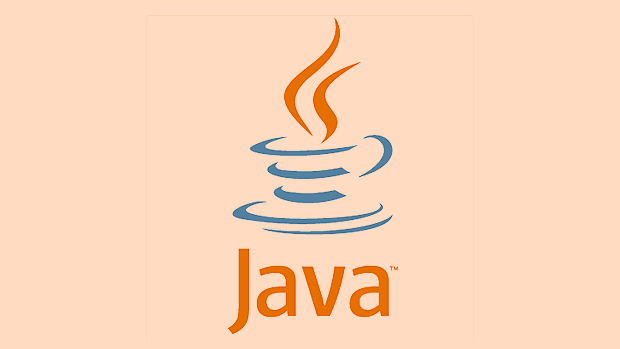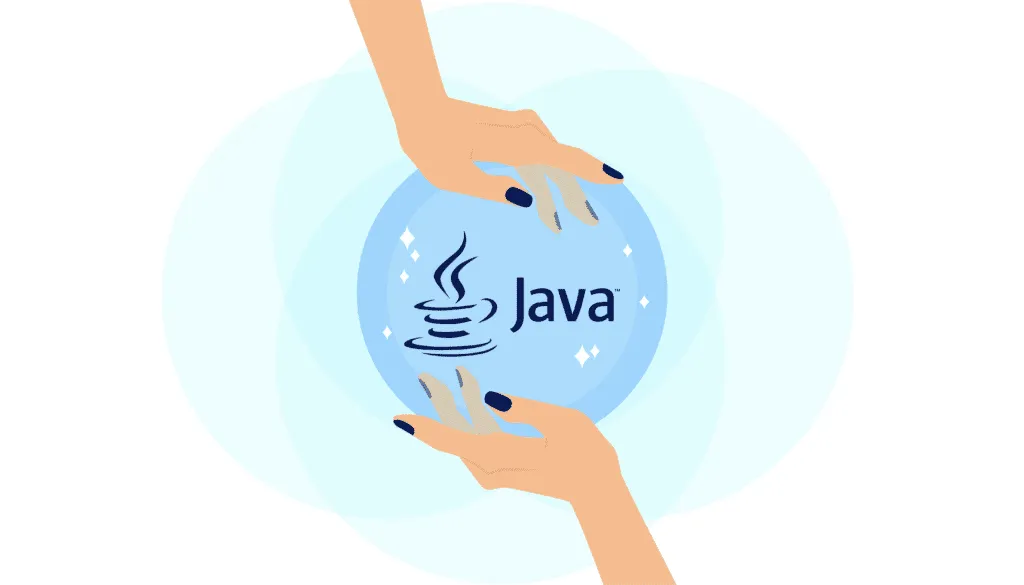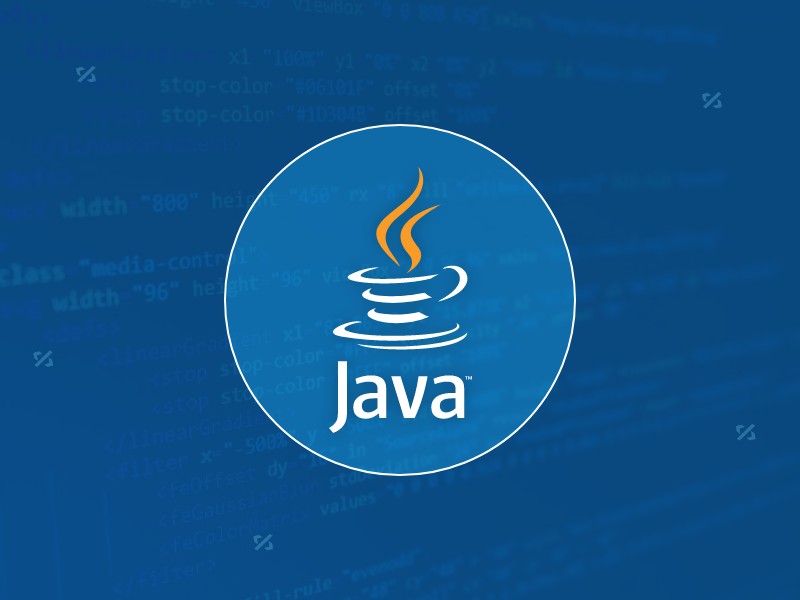Explained: Java Polymorphism in Object-Oriented Programming
Jul 05, 2025 am 02:52 AMPolymorphism is one of the core features of Java object-oriented programming. Its core lies in "one interface, multiple implementations". It implements a unified interface to handle the behavior of different objects through inheritance, method rewriting and upward transformation. 1. Polymorphism allows the parent class to refer to subclass objects, and the corresponding methods are called according to the actual object during runtime; 2. The implementation needs to meet the three conditions of inheritance relationship, method rewriting and upward transformation; 3. It is often used to uniformly handle different subclass objects, collection storage and framework design; 4. When used, only the methods defined by the parent class can be called. New methods added to subclasses need to be transformed downward and accessed, and pay attention to type safety.

Java polymorphism is one of the core concepts in object-oriented programming. Simply put, it is "one interface, multiple implementations". It allows us to process different types of objects in a unified way, making the code more flexible and easier to expand. The key to understanding polymorphism is to understand the points of inheritance, method rewriting and upward transformation.

What is polymorphism?
Polymorphism literally means "multiple forms". In Java, it means that the same method call can show different behaviors according to different objects. For example, you have an animal class (Animal), which contains a method of barking (makeSound), and dogs (Dog) and cats (Cat) all inherit from this class and each realizes their own barking.

When you use an Animal type variable to refer to a Dog or Cat instance, calling the makeSound() method will execute the corresponding version based on the actual object. This is the manifestation of runtime polymorphism.
How is polymorphism implemented?
To achieve polymorphism, the following conditions are usually required:

- Inheritance relationship : Subclasses must inherit the parent class.
- Method override : The subclass needs to redefine the methods of the parent class.
- Upcasting : Use parent class type to refer to child class objects.
Let's give a simple example:
class Animal {
void makeSound() {
System.out.println("Some sound");
}
}
class Dog extends Animal {
@Override
void makeSound() {
System.out.println("Bark");
}
}
class Cat extends Animal {
@Override
void makeSound() {
System.out.println("Meow");
}
}Then you can call this:
Animal a1 = new Dog(); Animal a2 = new Cat(); a1.makeSound(); // Output Bark a2.makeSound(); // Output Meow
As you can see, although the variable type is Animal, the method of the subclass is actually called.
What are the application scenarios of polymorphism?
Polymorphism is most common in cases where multiple subclass objects need to be handled uniformly. for example:
- Write a common method to handle different types of objects. For example, in a drawing program, you can call
draw()method uniformly without caring about whether it is a circle or a rectangle. - Use collections to store objects of different subclasses, such as
List<Animal>to storeDogandCatinstances at the same time. - In the design of a framework or library, a unified entry is provided through interfaces or abstract classes, and the specific implementation is determined by the user.
This design method improves the maintainability and scalability of the code, and new subclasses do not require modification of existing logic.
What to pay attention to in polymorphism
Although polymorphism is powerful, there are some details that are prone to errors:
- Only methods that exist in the parent class can be called, and even if there are new methods added to the subclass, they cannot be accessed directly (unless they are transformed down).
- Polymorphism is only applicable to instance methods , and static methods, private methods, and constructor methods will not participate in polymorphism.
- Polymorphism occurs at runtime (dynamic binding), while method overloading is determined at compile time (static binding).
For example, the following code will report an error:
Animal a = new Dog(); a.bark(); // An error occurred! There is no bark method in Animal class
At this time, you need to first transform downward:
Dog d = (Dog) a; d.bark(); // Normal output Bark
However, you should pay attention to the security of transformation. It is best to use instanceof to judge before transformation.
Basically that's it. The core of polymorphism is to handle different implementations through a unified interface to improve code flexibility and reusability. By mastering the three contents of inheritance, rewriting and transformation, you can understand and use polymorphism well.
The above is the detailed content of Explained: Java Polymorphism in Object-Oriented Programming. For more information, please follow other related articles on the PHP Chinese website!

Hot AI Tools

Undress AI Tool
Undress images for free

Undresser.AI Undress
AI-powered app for creating realistic nude photos

AI Clothes Remover
Online AI tool for removing clothes from photos.

Clothoff.io
AI clothes remover

Video Face Swap
Swap faces in any video effortlessly with our completely free AI face swap tool!

Hot Article

Hot Tools

Notepad++7.3.1
Easy-to-use and free code editor

SublimeText3 Chinese version
Chinese version, very easy to use

Zend Studio 13.0.1
Powerful PHP integrated development environment

Dreamweaver CS6
Visual web development tools

SublimeText3 Mac version
God-level code editing software (SublimeText3)

Hot Topics
 Polymorphism in python classes
Jul 05, 2025 am 02:58 AM
Polymorphism in python classes
Jul 05, 2025 am 02:58 AM
Polymorphism is a core concept in Python object-oriented programming, referring to "one interface, multiple implementations", allowing for unified processing of different types of objects. 1. Polymorphism is implemented through method rewriting. Subclasses can redefine parent class methods. For example, the spoke() method of Animal class has different implementations in Dog and Cat subclasses. 2. The practical uses of polymorphism include simplifying the code structure and enhancing scalability, such as calling the draw() method uniformly in the graphical drawing program, or handling the common behavior of different characters in game development. 3. Python implementation polymorphism needs to satisfy: the parent class defines a method, and the child class overrides the method, but does not require inheritance of the same parent class. As long as the object implements the same method, this is called the "duck type". 4. Things to note include the maintenance
 Selecting Specific Columns | Performance Optimization
Jun 27, 2025 pm 05:46 PM
Selecting Specific Columns | Performance Optimization
Jun 27, 2025 pm 05:46 PM
Selectingonlyneededcolumnsimprovesperformancebyreducingresourceusage.1.Fetchingallcolumnsincreasesmemory,network,andprocessingoverhead.2.Unnecessarydataretrievalpreventseffectiveindexuse,raisesdiskI/O,andslowsqueryexecution.3.Tooptimize,identifyrequi
 What is the `enum` type in Java?
Jul 02, 2025 am 01:31 AM
What is the `enum` type in Java?
Jul 02, 2025 am 01:31 AM
Enums in Java are special classes that represent fixed number of constant values. 1. Use the enum keyword definition; 2. Each enum value is a public static final instance of the enum type; 3. It can include fields, constructors and methods to add behavior to each constant; 4. It can be used in switch statements, supports direct comparison, and provides built-in methods such as name(), ordinal(), values() and valueOf(); 5. Enumeration can improve the type safety, readability and flexibility of the code, and is suitable for limited collection scenarios such as status codes, colors or week.
 Applying Semantic Structure with article, section, and aside in HTML
Jul 05, 2025 am 02:03 AM
Applying Semantic Structure with article, section, and aside in HTML
Jul 05, 2025 am 02:03 AM
The rational use of semantic tags in HTML can improve page structure clarity, accessibility and SEO effects. 1. Used for independent content blocks, such as blog posts or comments, it must be self-contained; 2. Used for classification related content, usually including titles, and is suitable for different modules of the page; 3. Used for auxiliary information related to the main content but not core, such as sidebar recommendations or author profiles. In actual development, labels should be combined and other, avoid excessive nesting, keep the structure simple, and verify the rationality of the structure through developer tools.
 What is the JDK?
Jun 25, 2025 pm 04:05 PM
What is the JDK?
Jun 25, 2025 pm 04:05 PM
JDK (JavaDevelopmentKit) is a software development environment for developing Java applications and applets. It contains tools and libraries required to compile, debug and run Java programs. Its core components include Java compiler (javac), Java runtime environment (JRE), Java interpreter (java), debugger (jdb), document generation tools (javadoc) and packaging tools (such as jar and jmod). Developers need JDK to write, compile Java code and develop with the help of IDE; without JDK, Java applications cannot be built or modified. You can enter javac-version and java-version in the terminal
 VSCode debugger for Java setup guide
Jul 01, 2025 am 12:22 AM
VSCode debugger for Java setup guide
Jul 01, 2025 am 12:22 AM
The key steps in configuring the Java debugging environment on VSCode include: 1. Install JDK and verify; 2. Install JavaExtensionPack and DebuggerforJava plug-in; 3. Create and configure the launch.json file, specify mainClass and projectName; 4. Set up the correct project structure to ensure the source code path and compilation output are correct; 5. Use debugging techniques such as Watch, F8/F10/F11 shortcut keys and methods to deal with common problems such as class not found or JVM attachment failure.
 How do I set up VS Code for Java development?
Jun 29, 2025 am 12:23 AM
How do I set up VS Code for Java development?
Jun 29, 2025 am 12:23 AM
To use VSCode for Java development, you need to install the necessary extensions, configure the JDK and set up the workspace. 1. Install JavaExtensionPack, including language support, debugging integration, build tools and code completion functions; optional JavaTestRunner or SpringBoot extension package. 2. Install at least JDK17 and verify through java-version and javac-version; set the JAVA_HOME environment variable, or switch multiple JDKs in the status bar at the bottom of VSCode. 3. After opening the project folder, make sure the project structure is correct and enable automatic saving, adjust the formatting rules, enable code checking, and configure the compilation task to optimize the opening.
 Windows search bar not typing
Jul 02, 2025 am 10:55 AM
Windows search bar not typing
Jul 02, 2025 am 10:55 AM
When the Windows search bar cannot enter text, common solutions are: 1. Restart the Explorer or computer, open the Task Manager to restart the "Windows Explorer" process, or restart the device directly; 2. Switch or uninstall the input method, try to use the English input method or Microsoft's own input method to eliminate third-party input method conflicts; 3. Run the system file check tool, execute the sfc/scannow command in the command prompt to repair the system files; 4. Reset or rebuild the search index, and rebuild it through the "Index Options" in the "Control Panel". Usually, we start with simple steps first, and most problems can be solved step by step.






